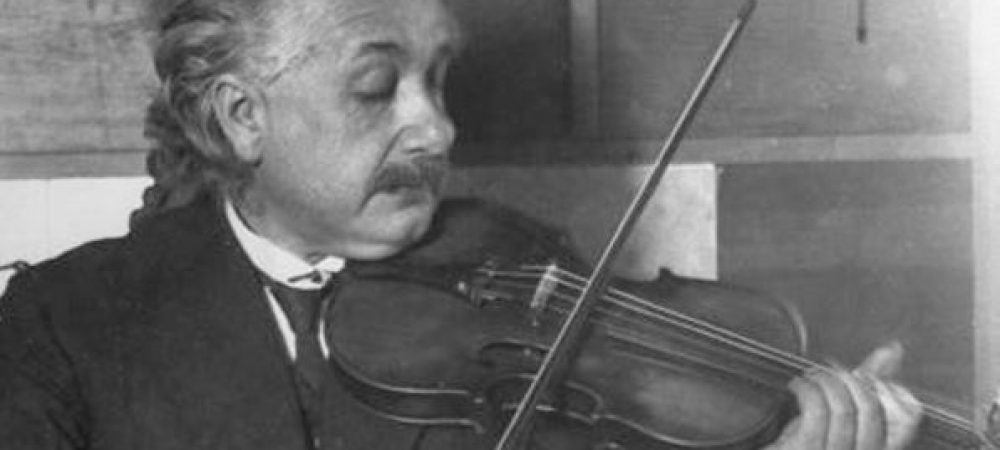I am an Italian independent Creative Practitioner, a Fellow of the Higher Education Academy (FHEA), internationally established in the fields of music and contemporary arts. This means that when it comes to Music teaching, my approach to the subject is both pedagogical and one of artistic creation. My pedagogy and my personal values are strongly rooted in the social justice of equality, inclusivity, and diversity. Therefore, in my teaching practice, I foster an exploration of music landscapes and their social values in our contemporary culture.
Exploring sound landscapes and their social values
My plans tackle the intersection between ethnicity and inclusivity within the music landscapes. Starting from the analysis of the artistic production of artists who have been deaf since their birth, I have started to reflect on the question “who owns the music?”.
“Yet while the western classical canon is dominated by harmony, much contemporary music is distinguished not so much by tunes, but timbre. Different genres vary in their sonic textures as much or more than in their melodic figures – a trend that has accelerated as technology has affected recording, production and performance.”
While teaching as Associate Lecturer in the Master course in Graphic Branding and Identity at London College of Communication (London, UK), firstly I would ask the students to explore their knowledge of sound, music play and their individual relationship to verbal languages. Finally, I would prompt the students with a question: how can we familiarize with the music? Is there a way we can share common meanings through it? These are the provocations I’d like to address in my project, aiming to foster the deconstruction of preconceived ideas about music, to finally wider the audience’s perspectives in relations to the materiality of music and its cultural, yet artistic implications on its social values and role within our culture.
“Learning music helps to develop the left side of the brain (related to language and reasoning), assists with sound recognition, and teaches rhythm and rhyme. Songs can also help children remember information (just think of the Alphabet song!)”
Across societies, music is a cultural product. My methodology is researched-based, I develop my ideas gathering a mixture of quantitative and qualitative data. I begin with the study of books, films, and all available materials on the subject, researching on international libraries. Then, if needed I conduct surveys and interviews. Being a multimedia artist, I visually experiment with video techniques and colours. At the core of my artistic practise as well as my pedagogy, there is a strong interest in human existence.
Elena Arzani
Source of reference:
Elena Arzani www.elenarzani.com
Deaf since birth, artist Christine Sun Kim explores the social rules of sound
Paulo Freire
https://www.freire.org/paulo-freire/
Harvard Gazette, Songs in the key of humanity
Harvard Gazette, Music is universal
Oliver Sacks https://www.oliversacks.com, books by Sacks: Musicophilia, 2007 and Seeing Voices, 1989
Bill Viola, THE REFLECTING POOL, 1977–79
https://www.guggenheim-bilbao.eus/en/learn/schools/teachers-guides/reflecting-pool-1977-79
